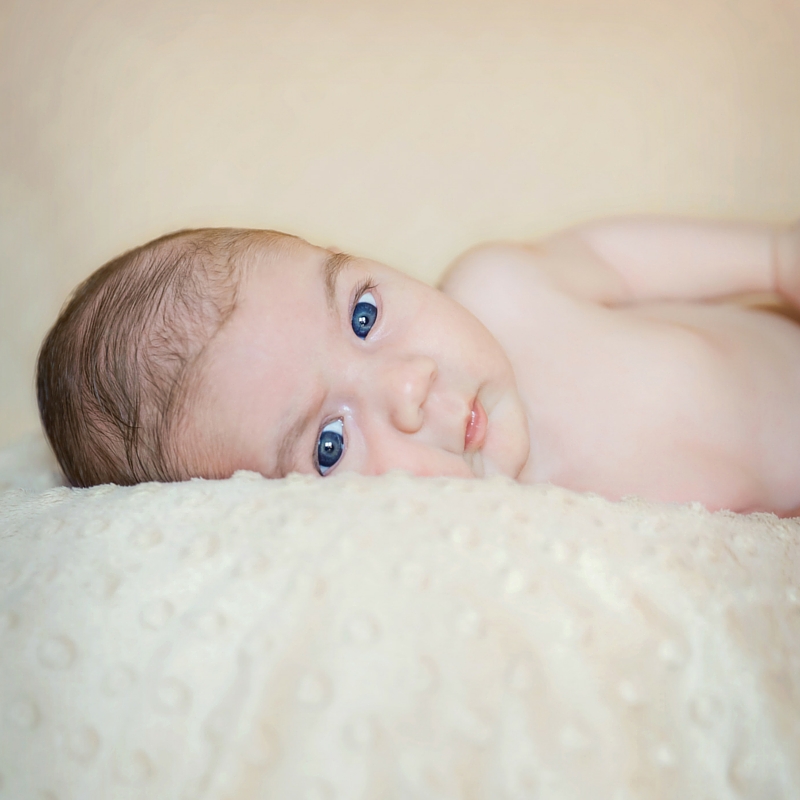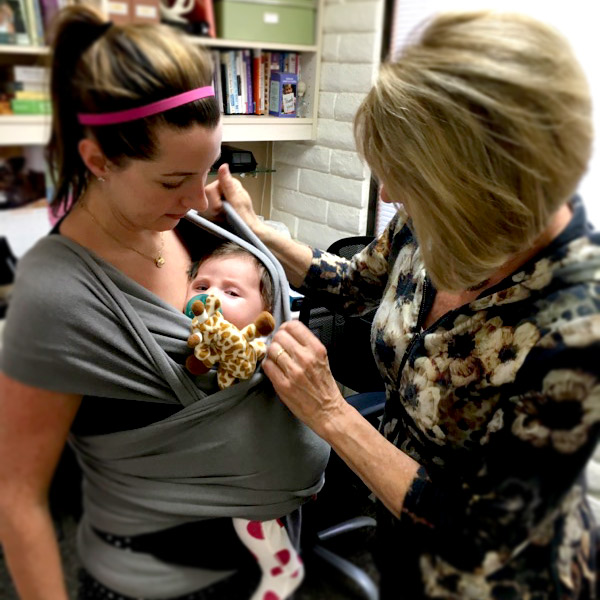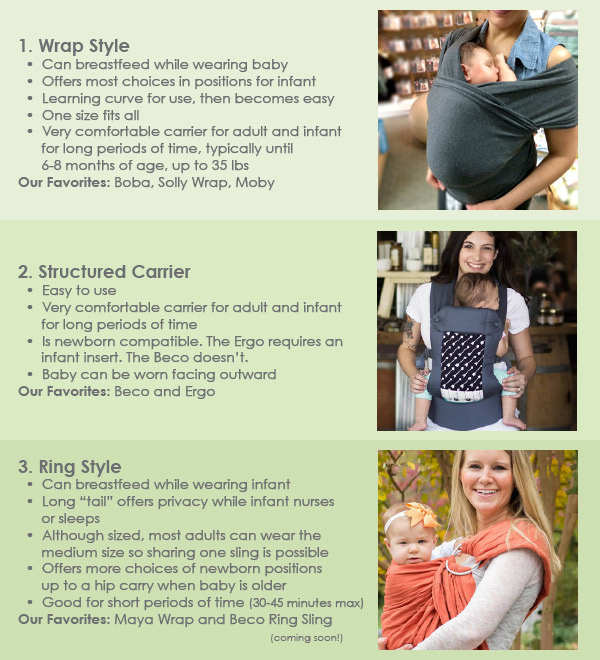By Jill Campbell, Psy.D.
 One question that often comes up in The Pump Station & Nurtury's Mommy & Me classes this time of year is, "How do I help my baby adjust to daylight savings?" Every year around this time we prepare to move our clocks forward one hour (Sunday, March 13, 2016). While adults can usually adjust to this time shift pretty quickly, babies and toddlers often find the change a bit more challenging. Here are a few different ways to help your baby transition to daylight savings time: One question that often comes up in The Pump Station & Nurtury's Mommy & Me classes this time of year is, "How do I help my baby adjust to daylight savings?" Every year around this time we prepare to move our clocks forward one hour (Sunday, March 13, 2016). While adults can usually adjust to this time shift pretty quickly, babies and toddlers often find the change a bit more challenging. Here are a few different ways to help your baby transition to daylight savings time:
1. Don't Change A Thing:
If you are a parent that has been struggling with an "early riser," then by doing nothing, your baby or toddler will naturally be waking up an hour later! Simply move your clock ahead to the new time after your baby has gone to sleep on Saturday night. Your baby will wake up at their normal time Sunday morning, which will now be an hour later on the clock. So if your baby was an early riser and consistently waking up at 5:30am, then your child will now wake up at 6:30am according to the new clock. Proceed with your normal daily routine according to the new clock. Meals and naptimes tend to go pretty smoothly with this method, but you may find that come nighttime, your baby or toddler isn't feeling so sleepy. This is because if you are putting your child down at their "regular" bedtime (let's say 7:30pm), but 7:30pm tonight was 6:30pm just the night before. Therefore, you might need to be a little flexible with bedtime, maybe putting your child down somewhere in between the old clock and the new clock. Then for the next few nights, keep shifting bedtime up until you are at your child's regular bedtime according to the new clock.
2. Start to shift your baby's feeding and sleeping
Starting six days before daylight savings, prepare ahead of time by moving feedings, naps and bedtime earlier by 10 minutes each day. So if baby usually has her first feeding for the day at 7:30am, see if you can do that feeding at 7:20am. If she refuses, don't force her, but you get the idea. Just try to make the routine adjustments as the day goes on. If her first nap of the day is typically at 9:30am, see if you can put her down closer to 9:20am. These small time shifts should help your baby to go down a bit earlier at night without having a child that is just too awake for an earlier bedtime. If all goes well, then on Sunday morning after the time change, your baby will wake according to the new time. So if baby typically woke up at 7am before the time change, she will now wake up at 7am according to the new clock. Her feedings and sleep times should now be adjusted to the new time. If you find it is still off a bit, (or if you did not start making these shifts so far in advance) just continue to shift in small time increments post time-change, until you are back on track.schedule slowly ahead of time.
3. Adjust the light:
Try to give your child at least a half an hour of natural sunlight first thing after waking up in the morning. This should help your child's internal clock adjust to the time change faster. In addition, blackout shades can be very helpful if there is still sunlight coming into your child's bedroom at nighttime or before wake-up time in the morning.
4. Don't Panic:
Please remember that even if all this planning doesn't go quite according to schedule, simply by keeping to a steady daily routine, most children will naturally adjust to the time change within a week or so. |
Jill's Favorite Products for Sleep
       |
Sleep Classes & Services at The Pump Station & Nurtury®
Sleep: Getting Your Newborn Off to a Good Start
Ages: Newborn - 3 months with Jill Campbell, PsyD
March 21 at 2pm in Hollywood Enroll...
March 31st at 3pm in Santa Monica Enroll...
Sleep: Your Growing Baby Ages: 4+ months with Jill Campbell, PsyD March 14th at 2pm in Hollywood Enroll... April 7th at 3pm in Santa Monica Enroll... April 18th at 2pm in Hollywood Enroll... Mommy & Me Groups - Topic discussed according to baby's stages. Sleep is a biggy! Click here for more info... To enroll or inquire about available groups please email Dinora@PumpStation.com (Santa Monica Location) or Norma@PumpStation.com (Hollywood Location). Make sure to mention your baby's birth date so we can find the group that is right for you. Sleep Consults available with Jill Campbell, PsyD. To setup a consult please email Jill@PumpStation.com Learn more... |


